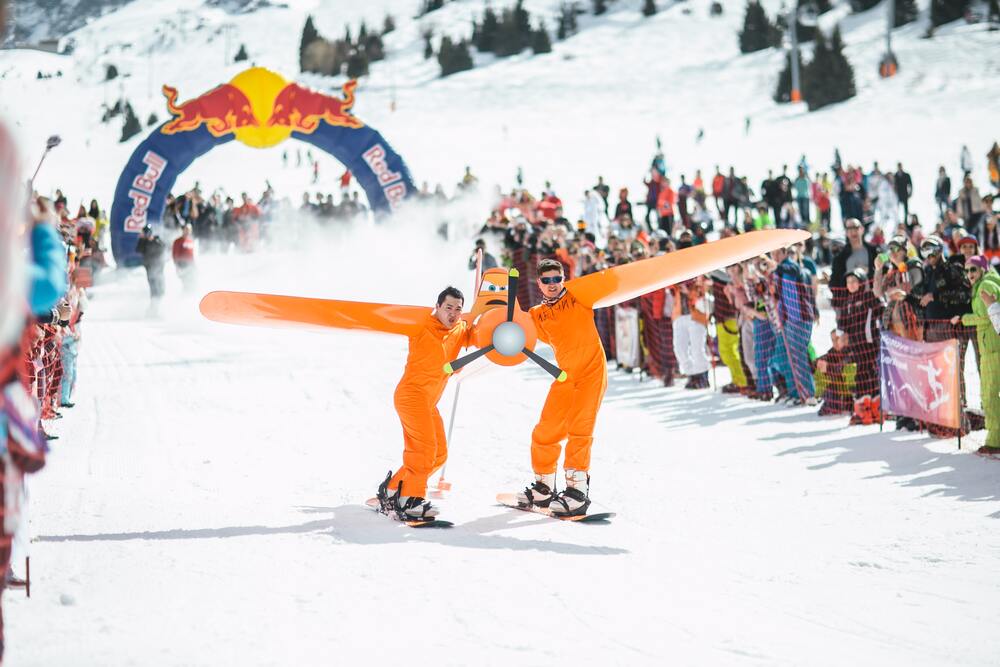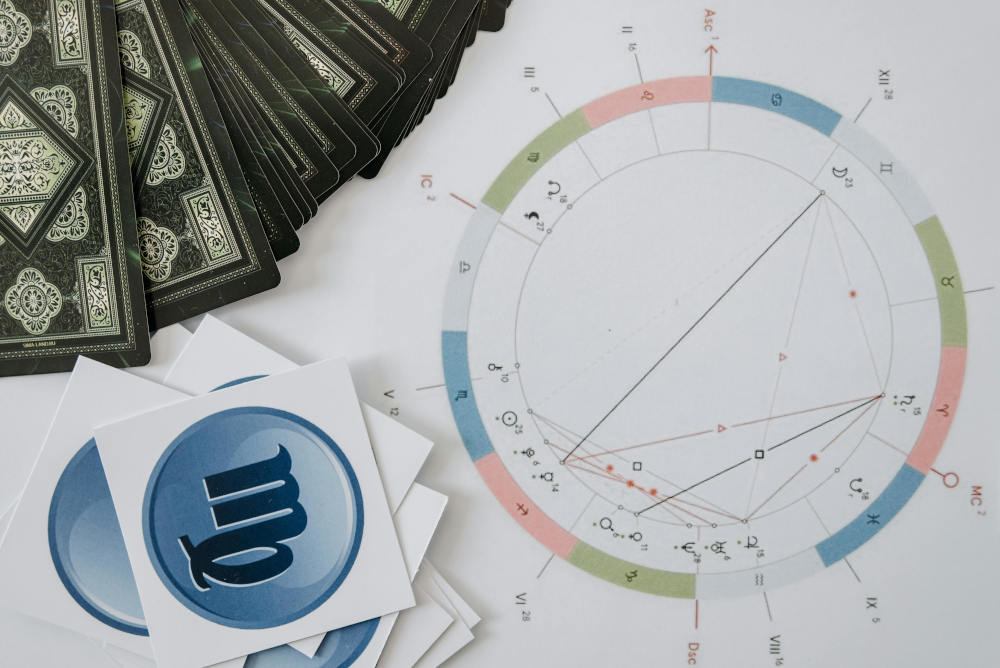
Norway is a beautiful country known for its picturesque landscapes, breathtaking fjords, and charming towns. However, the country's weather can be unpredictable and challenging to navigate, especially for tourists.
Therefore, it's crucial to pack the right clothes when visiting Norway. Here are 28 options to wear in Norway, whether you're planning to go hiking, attend a cultural event, or simply explore the cities in Norway.
Panaprium is independent and reader supported. If you buy something through our link, we may earn a commission. If you can, please support us on a monthly basis. It takes less than a minute to set up, and you will be making a big impact every single month. Thank you!
Dressing for the seasons
Winter jacket

Norway's winter can be brutal, with temperatures dropping as low as -20°C. Therefore, you must pack a warm winter jacket to protect yourself from the cold and snow.
A good winter jacket should be insulated, have a hood, and be made of a durable but sustainable material. You can also add a sweater vest and a scarf under your winter coat for more warmth.
Here are some of the best affordable and sustainable puffer jackets made under high social and environmental standards.
Parka

Winter in Norway can be freezing and harsh, with temperatures dropping below −51.4 °C (−60.5 °F) in Karasjok. To counter that, going for a parka is an ideal option. It should be made of sustainable waterproof material and lined with synthetic insulation for added warmth.
Look for a parka with a detachable hood to protect your head from snow and wind.
Here are some of the best affordable and sustainable winter parkas.
Light hoodie or sweater

Light clothes such as T-shirts, shorts, and skirts are perfect for summer in Norway. Opt for breathable materials that will allow you to stay calm and comfortable during warm days. Additionally, don't forget to pack a light sweater or hoodie for chilly evenings.
Check out our selection of the best organic cotton hoodies made under high social and environmental standards.
Windbreaker


Autumn in Norway is a season of changing leaves and cooler temperatures. A windbreaker is a versatile jacket that will keep you comfortable in windy weather conditions.
Look for one made of sustainable water-resistant material to keep you dry in the rain. Pair your windbreaker with a warm sweater or hoodie for added warmth.
Warm hat and gloves

Look for hats made of sustainable materials that can wick away moisture and keep your head warm. Consider waterproof and insulated options for gloves to keep your hands dry and warm.
Patagonia and French Knot are popular brands offering high-quality, sustainable gloves and hats for outdoor enthusiasts.
Check out our selection of the best affordable and sustainable fingerless gloves.
Fleece

Fleece is a versatile material that you can wear year-round in Norway. It is a great layering option and provides added warmth during the colder months. Fleece is also moisture-wicking, making it perfect for outdoor activities. Pack a fleece jacket, pants, and hat for year-round comfort.
Waterproof jacket

A waterproof jacket is necessary when visiting Norway, regardless of the season. The country's weather can be unpredictable, and it's common to experience rain or snow at any time of the year. A good waterproof jacket will protect you from harsh environmental elements and keep you dry, even during heavy downpours.
When choosing a waterproof jacket, look for one that is lightweight and breathable. This will ensure you stay comfortable, even when engaging in high-intensity activities. Additionally, consider a jacket with adjustable hoods, cuffs, and hemlines, allowing you to customize your fit.
Check out our selection of the best affordable and sustainable waterproof jackets.
Thermal base layers

Thermal layers, also known as base layers, are essential for keeping warm and regulating your body temperature. They are designed to wick away moisture from your skin and trap heat, ensuring you stay warm and dry.
When choosing thermal layers, opt for materials that are lightweight and quick-drying. In addition, also capitalize on warm and breathable fabrics to work effectively for you during high-intensity activities. Additionally, consider investing in thermal leggings to keep your legs warm and provide additional insulation.
Dressing for outdoor activities
Hiking boots

A good pair of hiking boots is essential for hiking or engaging in other outdoor activities. Norway's terrain can be rugged, and a sturdy pair of boots will support and protect your feet from injury. Look for boots that are waterproof, breathable, and provide good ankle support.
Additionally, consider the type of activity you'll be engaging in. If you're planning a long hike, opt for boots with sturdy soles, which will provide good traction and prevent slips and falls. If you plan skiing, consider investing in specialized boots designed for this activity.
Here is our selection of the best affordable and sustainable vegan hiking boots.
Windproof pants

Norway can be windy, especially near the coast, and it's essential to protect yourself from the wind when engaging in outdoor activities. Windproof pants are an excellent option, as they provide extra protection against the elements.
They are convenient if you want to keep your lower half when trekking or strolling. The pants are made of high-performance fabrics that keep you dry, warm, and windproof. The material contains a water-repellent layer that keeps you comfortable and dry.
Footwear to consider
Waterproof hiking boots

Whether you're planning to go hiking in the mountains or exploring the city streets, a good pair of waterproof hiking boots are essential. Norway's landscape is rugged, and the weather can change quickly, so it's crucial to have footwear that can withstand wet conditions.
Rubber rain boots

Besides hiking boots, rubber rain boots can be helpful when exploring Norway's wetter regions. Rubber boots are perfect for keeping your feet dry and warm during a rainy day in the city or walking along the shore.
Snow boots

If you're planning to visit Norway during winter, a pair of snow boots is a must-have. These boots are designed to keep your feet warm and dry in the snow; some even come with built-in insulation to keep your toes toasty.
To help you look stylish and warm during the cold season with a clean conscience, here is our selection of the best affordable, sustainable, and vegan winter boot brands.
Ankle boots

Ankle boots are versatile and can be worn with various outfits, making them an excellent choice for a trip to Norway. They can be dressed up or down and are perfect for transitioning between different activities.
Sandals

If you're visiting Norway during the summer, sandals can be a great addition to your travel wardrobe. Sandals are comfortable and breathable, making them perfect for hot days exploring the city or walking along the beach.
Here are some of the best affordable, vegan, and sustainable sandals.
Slippers

If you're staying in a cabin or a hostel during your trip to Norway, a pair of slippers can be a great addition to your travel wardrobe. Slippers are perfect for keeping your feet warm and comfortable while lounging indoors in summer.
Check out our selection below of cheap, ethical, and recycled slippers.
Socks

Consider packing a few pairs of warm, comfortable socks regardless of the type of footwear you choose for your trip to Norway. Socks can make all the difference in keeping your feet warm and dry.
So be sure to pack a variety of thicknesses and materials for different weather conditions.
Here is our selection of the best affordable and organic sock brands.
Dressing for cultural events
Traditional bunad

One of the most iconic clothing items in Norway is the traditional Bunad. This traditional attire varies depending on the region, with each Bunad's unique design and color scheme. The Bunad is often worn at formal events, such as weddings and national holidays, and symbolizes national pride.
Wearing a Bunad shows respect for Norwegian culture and history, and it's also a great way to connect with the locals. If you're not Norwegian, it's still possible to wear a Bunad, but it's essential to do so respectfully and with an understanding of the cultural significance.
Folk costume

Folk costumes are similar to bunads but are less formal and worn for everyday occasions. They're often made of wool and feature colorful embroidery or stripes. Like bunads, each region has its own style of folk costume, so it's essential to research the area you'll be visiting to determine which outfit is appropriate.
Wearing a folk costume at a cultural event is a great way to show your appreciation for Norwegian traditions.
Dress

A dress is a versatile option for cultural events in Norway. Opt for a simple, elegant design that can be dressed up or down depending on the occasion. A knee-length or midi dress in a solid color or subtle pattern is a great choice.
Pair it with a cardigan or blazer to stay warm, and wear comfortable shoes as you may be doing a lot of walking.
Sweater

Sweaters are a staple in Norwegian fashion, and for a good reason – they're warm and cozy, perfect for staying comfortable during outdoor cultural events.
Opt for a traditional knit sweater in a neutral color, such as navy or gray, or choose a bright and bold pattern for a pop of color. Pair it with jeans or leggings and comfortable shoes for a relaxed yet stylish look.
Our selection of the most adorable, comfortable, and affordable organic cotton jumpers and sweaters is here.
Dress shoes

When attending a cultural event, it's essential to wear appropriate footwear. Dress shoes are a good choice; they are formal, elegant, and comfortable enough to wear for extended periods. Avoid sneakers or athletic shoes, which are too casual for a cultural event.
If you're unsure what dress shoes to wear, here is our selection of the 15 best affordable and ethical dress shoes for men. These are timeless and versatile and will match a range of outfits.
Blazer or suit jacket

A blazer or suit jacket is an excellent choice for a cultural event in Norway. It's formal, stylish, and versatile; you can match it with various outfits. A blazer or suit jacket can be paired with dress pants, jeans, or even chinos, depending on the level of formality of the event.
A suit jacket is a must if you're attending a formal cultural event, such as a gala or ball. Opt for a classic color, such as navy or black, and pair it with a crisp white shirt and dress pants.
Here is our selection of the best affordable and sustainable blazers.
Dress pants

Dress pants are a staple in any formal wardrobe and a great choice for cultural events in Norway. They are versatile and can be adjusted depending on the occasion. When choosing dress pants, choose a classic cut and color, such as navy, black, or grey.
Pair your dress pants with a button-down shirt or sweater for a polished and put-together look. If you're attending a less formal cultural event, such as a museum exhibit or art show, you can dress down your dress pants with a casual shirt or sweater.
Business attire


If the cultural event is business or formal, it's best to dress in business attire. Men should wear a suit and tie, while women can opt for a dress or pantsuit. It's essential to wear clothing that is well-fitted and made of high-quality materials.
Dressing professionally shows that you take the event seriously and respect the people who organized it. It's also a great way to make a good impression on business associates or potential clients.
Smart casual


Smart casual is a popular dress code for cultural events that are not too formal. Men can wear slacks and collared shirts, while women can opt for a denim dress, blouse, or skirt. It's essential to avoid clothing that is too casual, such as T-shirts or shorts.
Smart casual attire is an excellent option for events such as art exhibits or theater performances. It shows that you are interested in the cultural event and respect the people organizing it.
National colors

Norway's national colors are red, white, and blue. Wearing clothing in these colors is a great way to show pride in the country and its heritage. For example, men can wear a white shirt with blue slacks, while women can wear a red dress with white accessories.
Wearing national colors is a subtle way to show respect for Norwegian culture and a great conversation starter. It's an excellent option for cultural events such as national holidays or festivals.
Scarf

A scarf is a versatile accessory that can add a touch of elegance and sophistication to any outfit. In Norway, scarves are fashionable and functional, as they provide warmth during the colder months. When choosing a scarf for a cultural event, opt for a classic design and color, such as a solid color or subtle pattern.
Wear your scarf over your shoulders or tied in a classic knot for a polished and put-together look. If the event is less formal, you can opt for a chunkier scarf or a brighter color to add personality to your outfit.
Here are some of the best ethical, vegan, and affordable scarves for the cold season.
Wrapping it up
Knowing what to wear in Norway can significantly enhance your experience in this beautiful country. Follow the tips and suggestions outlined in this article to stay comfortable and confident while participating in various outdoor activities and cultural events.
Remember always to check the weather and research the dress code for any events you plan to attend, and don't be afraid to add your own personal style to your outfits.
Was this article helpful to you? Please tell us what you liked or didn't like in the comments below.
About the Author: Dinushka Breaker Gunasekara
What We're Up Against
Multinational corporations overproducing cheap products in the poorest countries.
Huge factories with sweatshop-like conditions underpaying workers.
Media conglomerates promoting unethical, unsustainable products.
Bad actors encouraging overconsumption through oblivious behavior.
- - - -
Thankfully, we've got our supporters, including you.
Panaprium is funded by readers like you who want to join us in our mission to make the world entirely sustainable.
If you can, please support us on a monthly basis. It takes less than a minute to set up, and you will be making a big impact every single month. Thank you.































0 comments